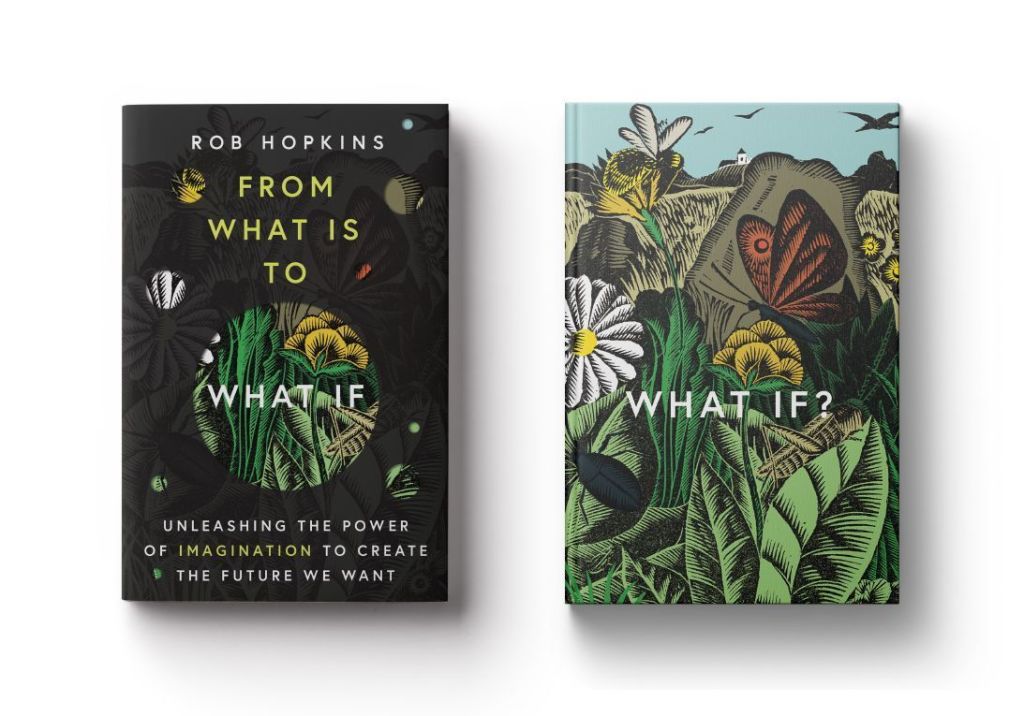As construction along with other sectors emerges from varying degrees of Corona lockdown we have an opportunity, a rare opportunity and the only one we may have in our life times to shape the next normal. Across the globe, the lockdown has provided many with benefits and appreciation of wellbeing, of deeper connections within family, friends, communities and of nature. Indeed nature, with clear skies, louder bird song and cleaner air has given us a preview of what our world, and our lives could be like. Lucy Jones writing in the Guardian sums this up in “Noticing nature is the greatest gift you can get from lockdown”

What then, for construction and the built environment. I was asked just this week to comment on a number of bullet points that have underpinned many construction training modules. It struck me they represented the old normal, the pre-covid normal, and one that we cannot, do not want to, return to, but one that we have to work, collaboratively to embed as the next business as usual. Whilst areas of the built environment have made impressive and huge advances on professionalism, business responsibility, sustainability, wellbeing and quality, there is much much more to be done.
Here then are my thoughts for the next normal, influenced by gems from the recent Living Futures 20 online conference and the wonderful insights from my guests on the Zoom Regenerative (ZR) series (See Footer Note)
The Old Normal: Understanding Clients NEEDS not Wants – What will Add Value to their Business – going Beyond Construction Go beyond understanding – anticipating customer needs before they articulate them * Your Differentiator? – Why YOU – They know You can Build. So what?
The Next Normal: Be equipped with your unique and comprehensive tool box that everyone in the business can use – A tool box of soft and hard tools that are regenerative, not just focused on reducing impact, one that that can be opened up and offered to clients as appropriate. Successful organisations are skilled and flexible in all leading approaches Educate everybody quickly. We can all be regenerators, and collaboratively enable & cultivate living places, buildings and systems that thrive.
The Old Normal: Price is King – How are your solutions delver Value for Money – Cost, Time and Carbon Reduction – Meet Construction 2025 Targets
The Next Normal: Price is no longer king, but a balance and blend of many success indicators. Construction 2025 targets have been eclipsed by other targets – from the SDG’s to Paris 1.5DegC to IPCC and RIBA 2030 Challenge to name a few. What does this new landscape mean to construction targets. We need to reimagine a new construction Value for Money
Coming out of lockdown 80% public in a poll what health and wellbeing priority over GDP, so what will this mean for buildings, offices, homes, staff, construction sites?
We need to learn how to count in carbon, to become carbon literate, and to know what the carbon numbers mean for the construction economy, business profits and project success.
The Old Normal: Sustainability – Social, Economic, Environmental and Well Being- Going Beyond Accreditations !!
The Next Normal: We can no longer certify business as usual, we need to recognise and certify positive impact, and …
– Commit to climate action and decarbonise everything;
– Stop using anything single use , anything fossil fuel based, any red list material:
– Ask the What if questions – What if as in nature we generated no waste, what would construction look like with no disposable plastic?
– Invite life (nature) back to projects, construction sites, understanding seasonal and ecological cycles, become ecology literate
The Old Normal: No Surprises – Predictability of Performance during Construction and in Whole Life
The Next Normal: Change the language in contracts, in offices and projects – talk of love, compassion, collaboration, thriving and stop using competitive war words, talking of winning, beating, competitors and yes buts. Build relationships beyond transactions and profit. Act with urgency, passion and joy
The question we now need to ask is, what light, fresh baggage will we take with us into the next normal (regenerative, collaborative, relationships, empathy, healthy) & what heavy, stale, baggage will we leave behind (conflict, pollution, waste, modern slavery, toxic)
There’s a Buddhist teaching that says “What you think, you become. What you feel, you attract. What you imagine, you create.” Let’s move out of an obsession with the construction world we don’t want and start a revolution bringing into being the world we do want.
Zoom Regenerative (ZR)
ZR is a weekly zoom event celebrating regenerative buzz, thinking and activity from around the globe.
“Like a tree in a forest we will know that we are not alone, but part of a web, a network of life, healing, helping, nurturing each other, as it should always have been…” Llewellyn Vaughan-Lee
ZR is emerging into a wonderfully engaged and growing community that covers regenerative themes from Cycling to Energy, from Regenerative Business to Landscaping, from Carbon to Biophilia, from Construction to Rewilding, from Art to Economics, from BIM to Social Thriving and beyond…
[UPDATE] Please please do read this wonderful post from Michelle Holliday, a recent ZR guest
Each weekly show is promoted through linkedin and twitter, (#ZoomRegen) but if you would to be placed on a mailing list please do contact me



